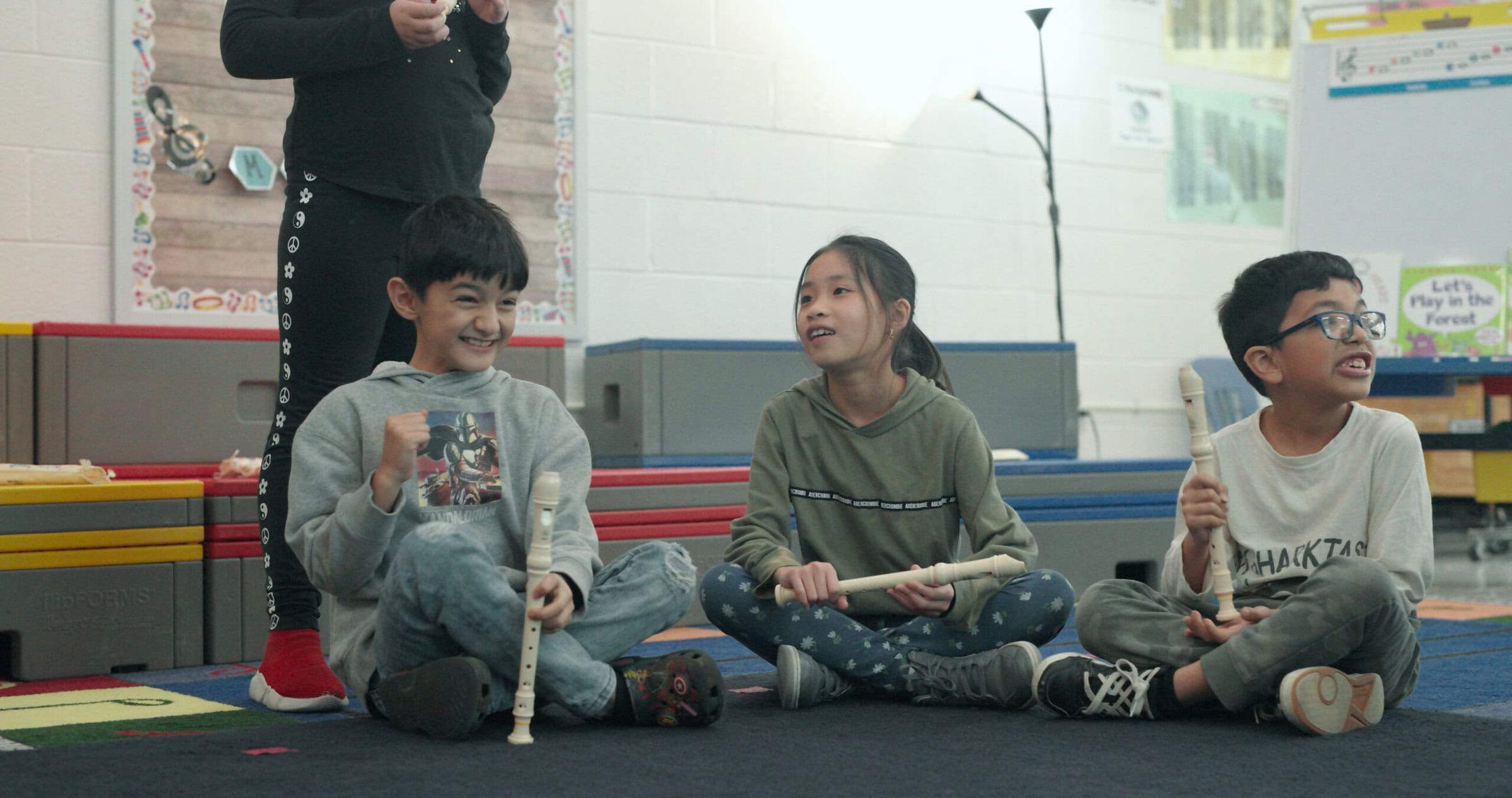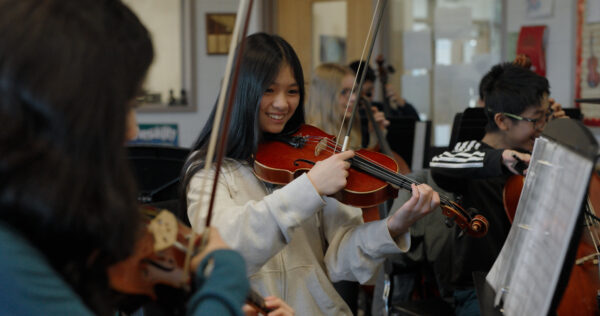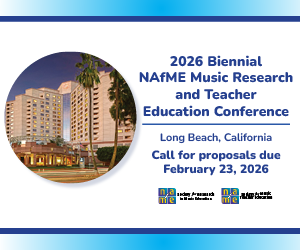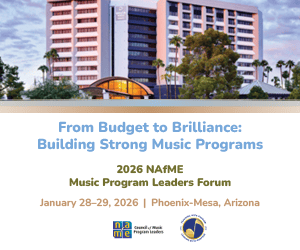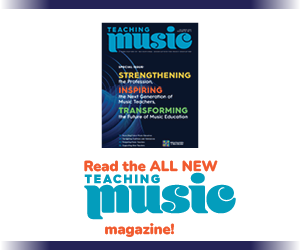/ News Posts / Setting Up Welcoming Teaching Spaces
How do you set up your teaching space to be a welcoming place for ALL students?
Six Music Educators Share Their Ideas
This article first appeared in the August 2025 issue of Teaching Music.
 Nicholas E. Roseth
Nicholas E. Roseth
Assistant Professor of Music, Bucknell University, Lewisburg, Pennsylvania
One way to enhance the sense of a welcoming classroom is to consider what is visually communicated by our classrooms. A classroom’s visual cues can reveal what is valued and who is welcome.
Imagine yourself as a guest or student entering your classroom for the first time. Based only on the appearance of your classroom, ask yourself, “What visual cues suggest that all students are welcome here?” You might also ask yourself, “Who might not feel welcome in this space?” Better yet, invite a guest who has never seen your classroom and ask them.
Some examples of music classrooms that visually indicate a welcoming environment are those that:
- Display and facilitate multiple modalities (visual, aural, and kinesthetic) of learning. For example, essential terms and ideas are visible on a word wall or as notation for reference.
- Show there are multiple ways to demonstrate musical knowledge, skills, and interest, such as having stations that support performing, creating, analyzing, listening, and so forth.
- Display examples of students’ work, particularly work that demonstrates students’ interests, cultures, and communities, including photos of students from your music classes doing the work of musicians.
- Display acknowledgments of students’ effort, growth, and achievements, such as with a success board.
- Depict various composers, artists, genres, cultures, local musicians, and abilities with posters and other visuals reflecting the diversity of your students.
- Display meaningful symbols that affirm different identities and experiences.
- Display schedules and routines for reference and transparency.
- Feature wall colors and decorations that are neither overwhelming nor unpleasant.
- Address any unpleasant ambient visual factors, such as poor or harsh lighting.
- Make adaptive instruments for students with disabilities visible and accessible.
- Show that all students can easily and appropriately access all classroom materials.
- Show that all students can easily and safely access the entire classroom, including entrances and emergency exits, by carefully considering the placement and organization of furniture.
- Include routine adjustments to seating or ensemble arrangements to better support learning goals and objectives for the group and individuals.
- Allow flexible seating for various activities and student needs, including large and small group work.
- Reflect students’ input about an accessible, welcoming, and supportive classroom environment.
Ultimately, a welcoming music classroom combines inclusive pedagogy with visual elements that reinforce belonging for all students.
 Rosalind-Denise Rogers-Evans
Rosalind-Denise Rogers-Evans
Founder of the Inner Ear Youth Orchestra and Orchestra Director for East St. Louis District #189, East St. Louis, Illinois
I strive to make my teaching space feel like a second home—warm, comforting, and designed not only for orchestra but for belonging. Students often say the room feels welcoming, even to those who don’t take music class. From the moment they walk in, I want them to feel that they matter and are entering a space that believes in their potential. On the door, I display photos of accomplished musicians with African American heritage alongside a photo of myself. I want students to see themselves reflected in the legacy of music and be reminded that someone who looks like them is living the journey they are beginning.
I believe music is a universal language capable of breaking barriers and building bridges, especially for students who are often underestimated or overlooked. When my students play, you can’t hear their zip code, only the beauty of their sound and effort. That’s the power of this work.
My teaching philosophy is grounded in flexibility, representation, and inclusion. I use a mix of aural, visual, and hands-on strategies to ensure students access learning in the way that serves them best. For some, seeing what’s being asked is essential; for others, following a model through demonstration is more natural.
I also create space for students to learn from each other. Many of our youth carry trauma and find comfort in peer guidance, so I intentionally raise up student leaders to demonstrate and assist during instruction. It strengthens their confidence and allows every student to be both teacher and learner. This peer engagement builds a natural sense of community and trust that goes far beyond music.
I also create space for students to learn from each other. Many of our youth carry trauma and find comfort in peer guidance, so I intentionally raise up student leaders to demonstrate and assist during instruction.
While I teach in a dedicated classroom during the day, I also run afterschool and evening programs in churches and community centers. In those spaces, I bring vertical banners that display my organization’s name and musical images. This simple gesture helps rededicate the environment and prepares students’ minds to transition into a creative space. I believe every child can learn—regardless of where they come from, what they wear, or what obstacles they face. Music blurs the lines society has created. When the bow hits the string, we don’t hear limitations; we hear promise.
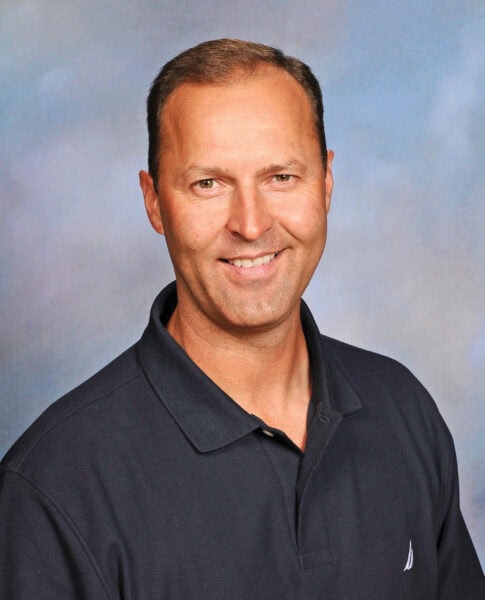 Mike Morgan
Mike Morgan
Band Director 5–12, Head Football Coach, Colfax School District, Colfax, Washington
To me, music has always been the original, inclusive subject in school. I have always thought of my classroom as a decompression chamber where students could come in and forget about all the other things going on during their day and get lost in music and connecting with each other. Teaching spaces can be wall-to-wall posters and slogans or as plain as the walls themselves. More important is what the teacher brings to the space in the room: being welcoming, loving and accepting, and demanding of everyone who wants to put themselves out there in the pursuit of music. I want the magic in the group.
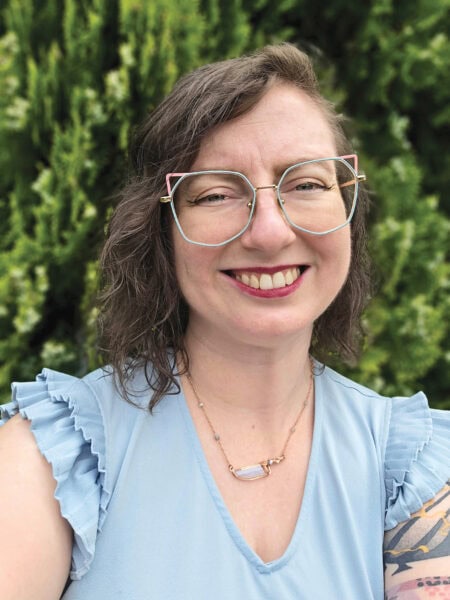 Maria Alldred
Maria Alldred
General Music and Chorus Teacher, Jones Elementary, Severna Park, Maryland
Classroom community and a welcoming, inclusive environment are paramount in the general music classroom. No matter what the physical constraints of your teaching situation are, the routines that you build and mindsets that you instill in your students will help them to be their most authentic, successful selves. Our students come to us with invisible backpacks full of their own unique baggage. Having consistent routines allows students to know what they are walking into each time they come to music class. Familiarity builds comfort and a sense of belonging.
In my classroom, one of my biggest goals is for my students to not be afraid to take risks and to grow through every challenge. Reflection and meaningful feedback are both helpful in building this growth mindset. My mantra with my students anytime we are doing peer feedback is that we use “words that lift.” I always remind my students that we are here to support and encourage one another, not to put one another down. We start this practice in primary grades using emoji ratings for whole class ensemble playing and sentence stems to provide verbal feedback.
For example, “I chose the cool emoji because we all ended together, and you could hear the last note ring.” Or, “I chose the thinking face emoji because I couldn’t hear the shakers. Maybe we can find a way to make the drums softer.”
Getting my students thinking like this early on builds their capacity to reflect on their own performance and view things through a lens of growth. As they get older, we can transfer these skills to peer feedback. I still provide sentence stems (“I notice . . . , I value . . . , I wonder . . .”), but thanks to their experiences in prior years, they are more capable of providing insightful feedback. Instead of “that was good,” students will say, “I noticed the music was calm and quiet at the start. What made you choose those instruments?”
My students know that their voice has value and that their input is always encouraged. Feeling welcome is more than friendly greetings at the door. Students feel that sense of belonging when they know their voice is respected and that what they bring to the table matters not just to themselves, but also to their peers.
I want every student, regardless of ability level or background, to feel safe and valued as an important member of our community. Performing music, especially music that you have created yourself, can be an incredibly vulnerable experience. If my students leave my room more comfortable being risk takers and with increased empathy for others, then I think our time together has been successful.
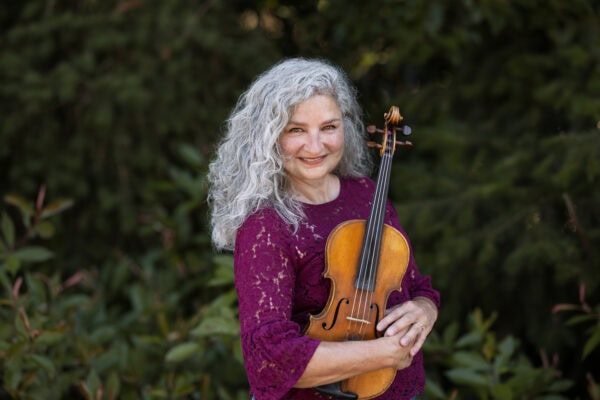 Ann Medellin
Ann Medellin
Program Music Leader and String Educator, Vancouver Public Schools, Vancouver, Washington
At two of my schools, I share a space with two band teachers. Sharing a classroom with another music colleague can be tricky business. It can also be a rich opportunity to build community, streamline materials, and boost organization for everyone involved. It’s not always easy, especially when you are trying to support students before or after school, but with thoughtful communication and mutual respect, it is possible.
You can imagine the sheer volume of equipment; we jokingly call it The Million Dollar Room. While some might walk in and say, “This is chaos,” others can see the room as a living, breathing ecosystem of creativity and collaboration. The key is helping students, and ourselves, understand that the room works because there’s a shared framework and set of expectations.
We divvy up the whiteboard space, share some bulletin boards, and co-create a welcoming environment for all students. The arrangement works because we agree that the way we talk about and manage the space matters. For example, I always speak highly of the band students, especially when they neatly stack chairs or organize stands. This positivity sets a tone and subtly encourages my own students to rise to that same standard of respect and responsibility.
Of course, there are challenges. One of my colleagues prefers a minimalist look and isn’t interested in decorating, a contrast to my own style. But the goal isn’t aesthetic perfection; it’s creating a space that meets everyone’s needs and supports meaningful music-making. Whether you teach music, visual art, dance, or physical education, shared spaces are often portable and constantly in flux. That reality requires flexibility, honesty, and compromise.
Communication is essential. So is empathy. Sometimes, offering a little help, especially when a colleague is overwhelmed by clutter, goes a long way. In one case, encouraging a teammate to sort through long-neglected piles led to a refreshed space and a renewed sense of ownership. That kind of transformation can deepen professional relationships and improve the experience for students.
Navigating different personalities requires thoughtfulness, tact, and sometimes a bit of strategy. But when it works, it’s like the best kind of marriage, based on trust, mutual support, and a shared commitment to the students we serve. You come to rely on your colleagues to welcome students, open the room, and help set the tone for the day. In a shared space, how we work together is just as important as what we teach.
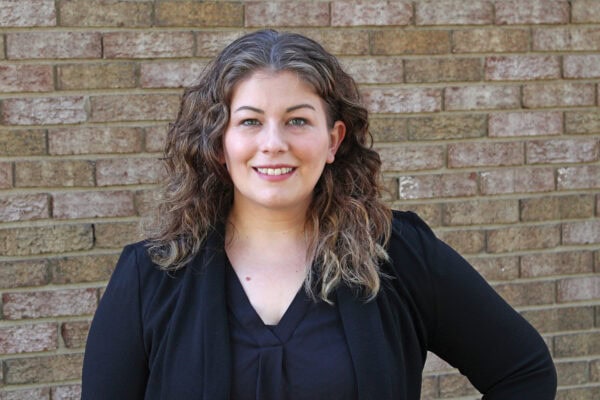 Rachel L. Waddell
Rachel L. Waddell
Director of Orchestras, Colorado State University, Fort Collins, Colorado
As with many classroom environments, ensemble rehearsal has the potential for unilateral engagement. Orchestras inherently follow hierarchical structures, often reinforced by traditional repertoire. From the first day of our semester, I strive to cultivate an environment where everyone feels welcome. We start by having students introduce themselves—name, instrument, degree, year, hometown—encouraging immediate connections and shared experiences. This activity allows students the opportunity to find synchrony with others, which is especially important with new members. It also provides valuable insights into possibilities for programming and building ownership within our ensemble.
If, for instance, we have a large percentage of students who play baseball, we could consider a baseball-themed concert or collaboration—we did just that when I was at the University of Rochester in partnership with the Rochester Red Wings, and it was a blast. If there are students who are social media mavens, they can help with marketing. These activities demonstrate ways to contribute to our ensemble beyond performance skills, important because we have diverse levels of abilities and interests. Perhaps the most significant aspect of starting with student introductions is that it centers the student voice first, enforcing that this is our ensemble, not mine.
Adjusting seating formations helps break down barriers and fosters new perspectives within the ensemble. One of my favorite activities is to shuffle students around the room, facing any direction they like, and to play the piece(s) without a conductor. Not only does this exercise often help improve ensemble cohesion by forcing listening, but it also tells you a lot about the students. Who runs for the vied concertmaster spot or wants to play on the conductor’s podium? They probably aspire for leadership. Who is brave enough to turn their back to the rest of the ensemble? They might be independent or feel isolated.
More traditionally, rotating seating is a great way to build leadership through empathy. Principal players have an opportunity to see what it feels like to lead from the back or middle of a section, and we can determine whether other students know their parts well enough to lead. I have also led rehearsals without conducting, inviting students to contribute to interpretative decisions in key sections of the piece. Phrasing in a lot of Classical and early Romantic repertoire can be ambiguous, for example. By asking students what they think, and trying various options, students learn to think of orchestra as chamber music at-large.
Most importantly, all these strategies create space for students to see themselves as a part of our ensemble, rather than apart from our ensemble. By establishing ownership and community within the ensemble, we create a foundation for growth that extends beyond the institution.
Did this blog spur new ideas for your music program? Share them on Connect! Interested in reprinting this article? Please review the reprint guidelines.
The National Association for Music Education (NAfME) provides a number of forums for the sharing of information and opinion, including blogs and postings on our website, articles and columns in our magazines and journals, and postings to our Connect member portal. Unless specifically noted, the views expressed in these media do not necessarily represent the policy or views of the Association, its officers, or its employees.
Published Date
October 28, 2025
Category
- Classroom Management
- Facilities
- Social Emotional Learning
Copyright
October 28, 2025. © National Association for Music Education (NAfME.org)
